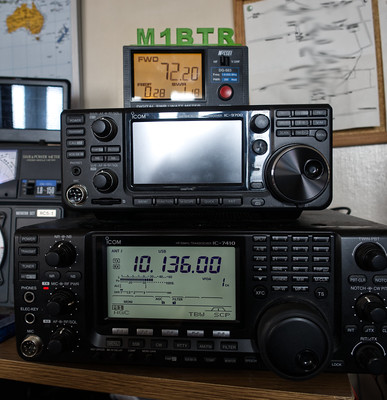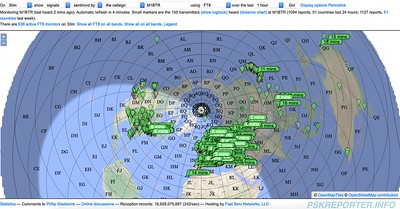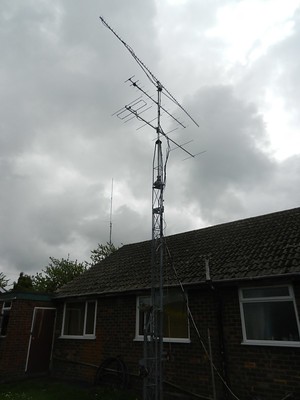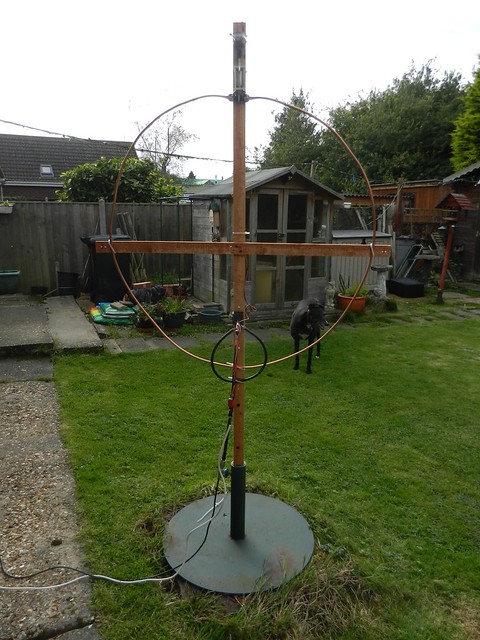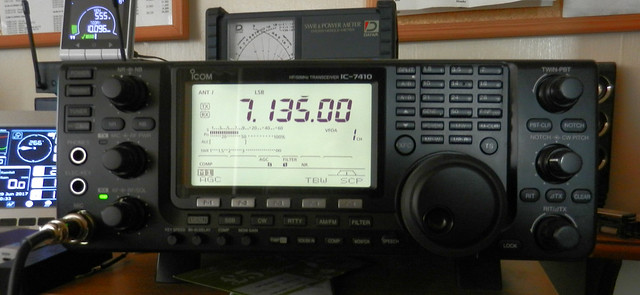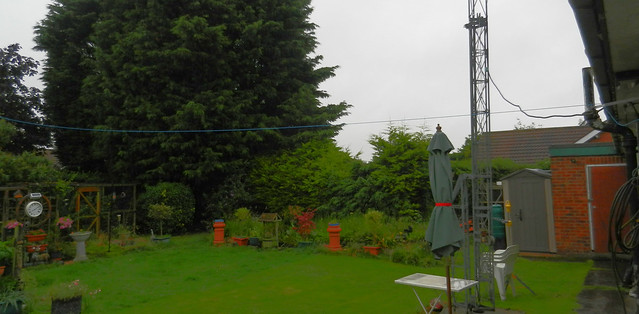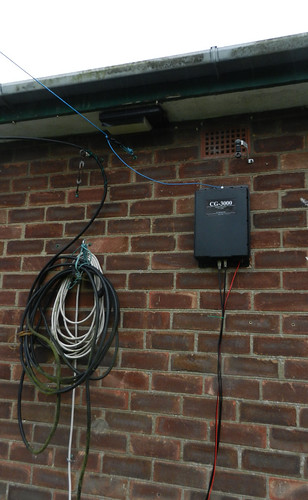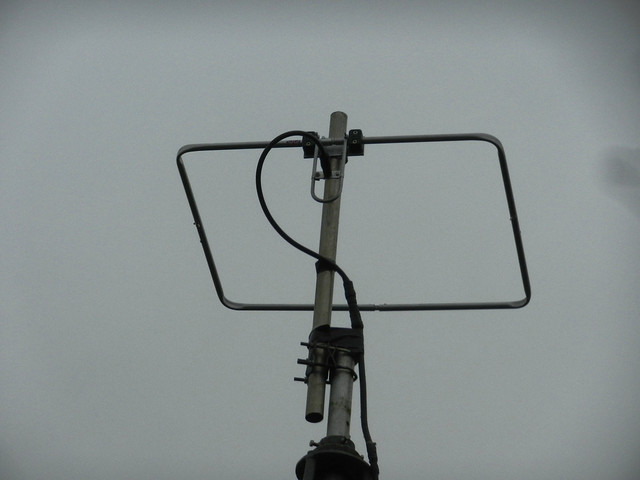We are entering the annual Geminid meteor shower.
Instead of pretending to be a brass monkey standing outside watching for them I decided to try using them to communicate using amateur radio.
This is done with a special computer program which repeatedly sends bursts of very short signals for fifteen seconds and then listens for any signals for fifteen seconds. The transmissions are sent out in all directions. With luck a small portion will be scattered from the ionised trails left behind each meteor as it burns up in the atmosphere and picked up by another amateur radio station. Hence the mode of communication is known as meteor scatter.
I had installed the latest version of the software I use and gave it a try out.
Many amateurs link the software to automatically report any signals it decoded to a web site so I could see that my signals were being picked up in France, Germany, Denmark and Sweden as well as the UK.
Last night I made my first ever two way contact using meteor scatter with a station in Wales.
The program looks like this.
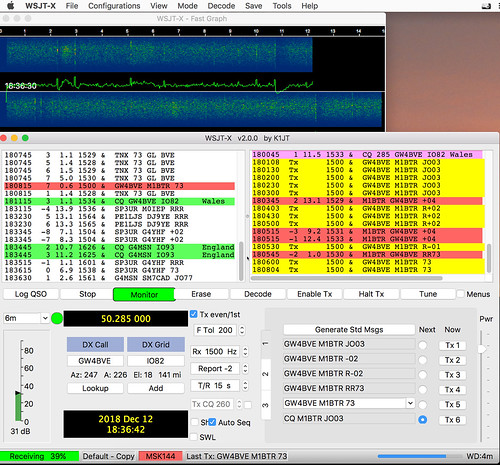
The top section shows a visual representation of any signals received.
On the left are the decoded signals.
On the right is what I send and what is sent to me.
M1BTR is my callsign. JO03 indicates approximately where I am in the country.
CQ means a general call for anyone to reply.
R, or sometimes RR, means message received.
73 is the code used for Best Wishes. Usually used as a Good Bye at the end of a contact.
Other numbers can refer to the strength of the received signal, time, and the frequency being used.
Many colours are used to make it easier to see what is what.
Red for messages transmitted to me.
Yellow for messages I transmit.
Green for any station I have made a successful two way contact with.
White for a message that is being sent between two other amateur radio operators.
Pink for a general call from a station I have not contacted yet.
A dark mauve would be used for a country I have not contacted at all.
